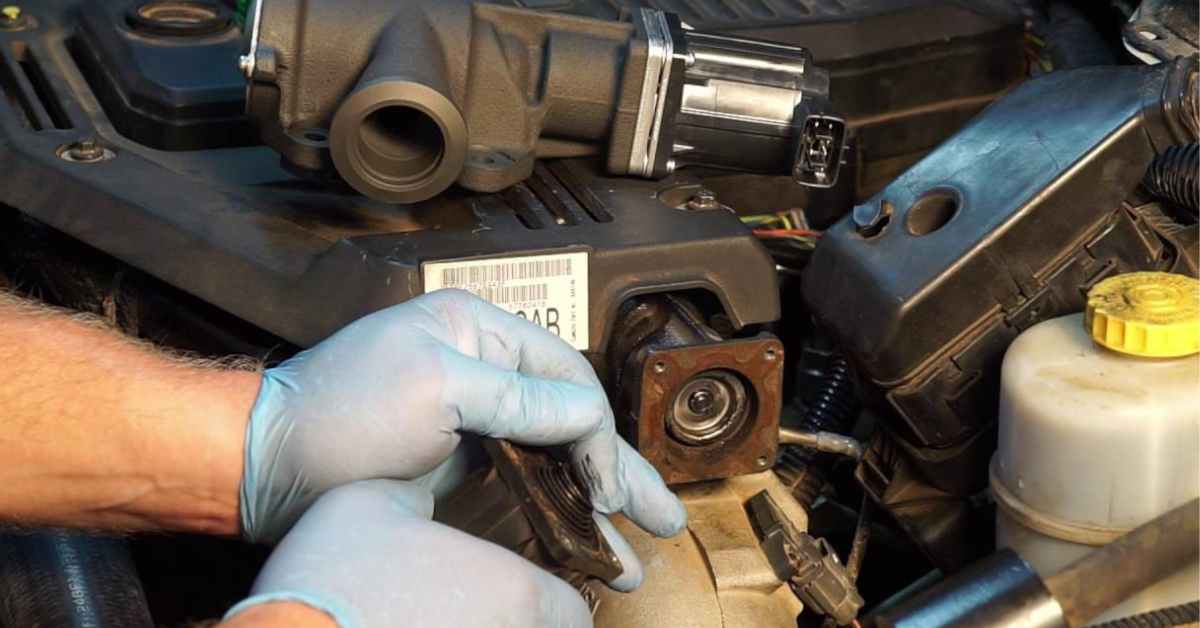6.7 Cummins Mass Air Flow Sensor Problems

The 6.7L Cummins diesel engine, a workhorse in Ram trucks and other applications, relies heavily on its Mass Air Flow (MAF) sensor for optimal performance and emissions control. While generally reliable, MAF sensor issues can arise, leading to a range of drivability problems. This article delves into the specifics of the 6.7L Cummins MAF sensor, exploring its technical aspects, common problems, comparisons with alternative designs, and future trends.
Technical Specifications and Functionality
The MAF sensor's primary function is to measure the mass of air entering the engine. This data is crucial for the Engine Control Module (ECM) to calculate the appropriate amount of fuel to inject, ensuring a proper air-fuel ratio. The 6.7L Cummins typically employs a hot-wire MAF sensor. This type consists of a heated wire or film placed in the intake airflow. As air flows across the heated element, it cools. The sensor's electronic circuitry maintains a constant temperature by varying the electrical current flowing through the element. The current required to maintain this temperature is directly proportional to the mass airflow. This analog signal is then converted to a digital signal and sent to the ECM.
Key specifications to consider include:
- Operating Voltage: Typically 5V DC
- Output Signal: Analog voltage or digital frequency proportional to mass airflow
- Measurement Range: Varies depending on the specific application, but generally covers a wide range from idle to maximum engine load.
- Operating Temperature: -40°C to 125°C (typical)
- Housing Material: Durable plastic, designed to withstand engine bay conditions.
Common Problems and Symptoms
Several issues can lead to MAF sensor malfunctions in the 6.7L Cummins. These include:
- Contamination: Dust, oil residue, and other contaminants can accumulate on the heated element, insulating it and reducing its ability to accurately measure airflow. This is probably the most common issue.
- Wiring Issues: Damaged or corroded wiring harnesses and connectors can disrupt the signal transmission between the MAF sensor and the ECM.
- Sensor Failure: The internal circuitry of the sensor can fail due to age, vibration, or extreme temperature fluctuations.
Symptoms of a failing MAF sensor can include:
- Poor Fuel Economy: An inaccurate MAF reading can lead to an incorrect air-fuel mixture, resulting in reduced fuel efficiency.
- Rough Idle: The engine may idle unevenly or stall.
- Loss of Power: The engine may lack power, especially during acceleration.
- Check Engine Light (CEL): The ECM will often store diagnostic trouble codes (DTCs) related to the MAF sensor, illuminating the CEL. Common codes include P0100, P0101, P0102, and P0103.
- Excessive Black Smoke: A rich fuel condition due to a faulty MAF sensor can cause excessive black smoke from the exhaust.
Alternatives and Comparisons
While hot-wire MAF sensors are prevalent, other airflow measurement technologies exist. One alternative is the vane airflow meter, which uses a hinged vane that deflects in proportion to the airflow. However, vane airflow meters are less common in modern diesel engines due to their higher restriction to airflow and lower accuracy compared to hot-wire sensors. Another alternative is the manifold absolute pressure (MAP) sensor, which measures the pressure in the intake manifold. While MAP sensors are used, they do not directly measure airflow and rely on engine speed and other parameters to estimate airflow, making them less accurate than MAF sensors for dynamic conditions.
Pros of Hot-Wire MAF Sensors:
- High Accuracy: Provides precise airflow measurements.
- Fast Response Time: Quickly adapts to changes in airflow.
- Relatively Compact Size: Easy to integrate into the intake system.
Cons of Hot-Wire MAF Sensors:
- Susceptible to Contamination: Requires periodic cleaning or replacement.
- Delicate Components: Can be damaged by physical impact or excessive heat.
Reliability and Maintenance
The reliability of the 6.7L Cummins MAF sensor is generally good, but proper maintenance can significantly extend its lifespan. Regular cleaning is crucial. Special MAF sensor cleaner should be used, following the manufacturer's instructions. Avoid touching the sensing element directly. Inspecting and cleaning the air filter regularly is also essential, as a dirty air filter can allow contaminants to reach the MAF sensor more easily. Furthermore, ensure that the intake system is properly sealed to prevent unfiltered air from entering the engine.
When diagnosing MAF sensor problems, use a scan tool to read DTCs and monitor live data, such as MAF sensor readings and engine load. Compare the MAF readings with known good values for the specific engine and operating conditions.
Future Trends
Future trends in airflow measurement technology are likely to focus on increased accuracy, durability, and integration with other engine management systems. Expect to see more advanced sensor designs that are less susceptible to contamination and more resistant to vibration and temperature extremes. Furthermore, the integration of airflow measurement with other sensors, such as temperature and humidity sensors, will provide more comprehensive data for the ECM, leading to improved engine performance and reduced emissions.
The development of solid-state MAF sensors, which utilize micro-electro-mechanical systems (MEMS) technology, is also a promising area. These sensors offer potential advantages in terms of size, cost, and durability compared to traditional hot-wire sensors.
Forward-Looking Note
The automotive industry is rapidly evolving, with increasing emphasis on fuel efficiency, emissions reduction, and advanced driver-assistance systems (ADAS). The role of sensors, including the MAF sensor, will become even more critical in ensuring the optimal performance and safety of vehicles. Automotive professionals need to stay abreast of these technological advancements to effectively diagnose and repair modern vehicles and to contribute to the development of more sustainable and efficient transportation solutions. The migration towards electric vehicles will lessen the need for MAF sensors in those platforms; however, for internal combustion engines, improvements in sensor technology will play a critical role. Moreover, the demand for accurate sensing will persist for parameters relevant to electric motor performance, battery management, and power electronics.
